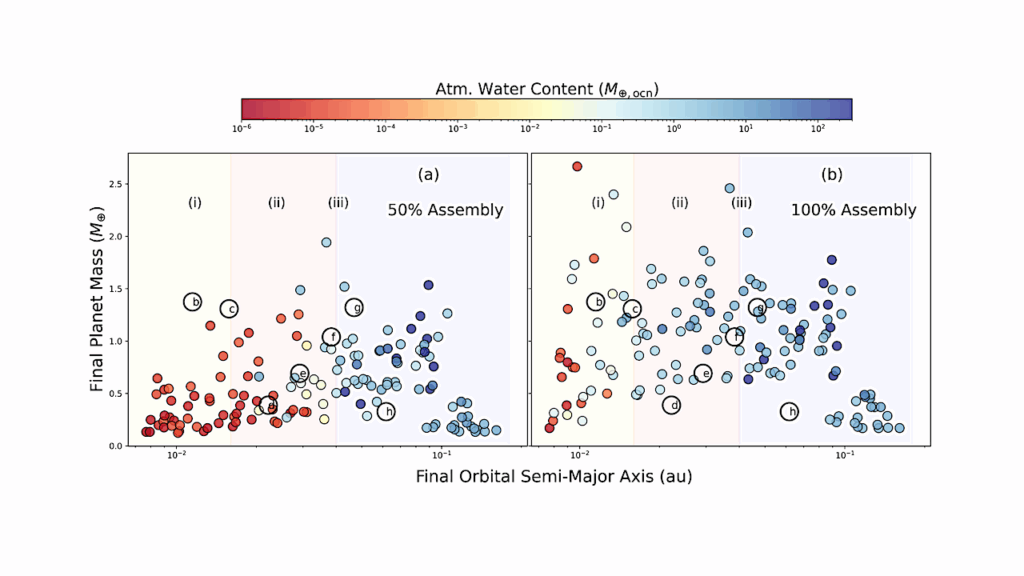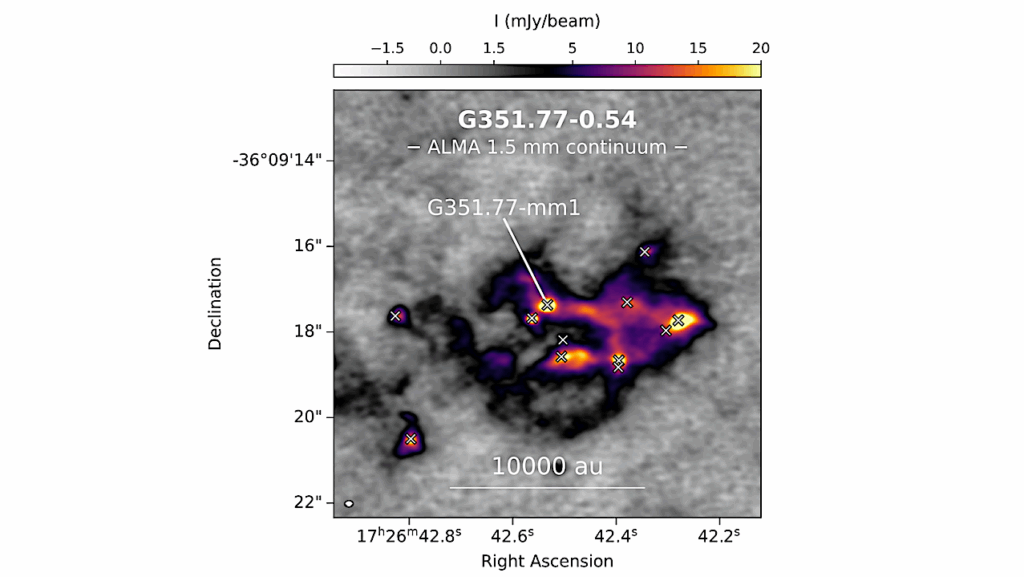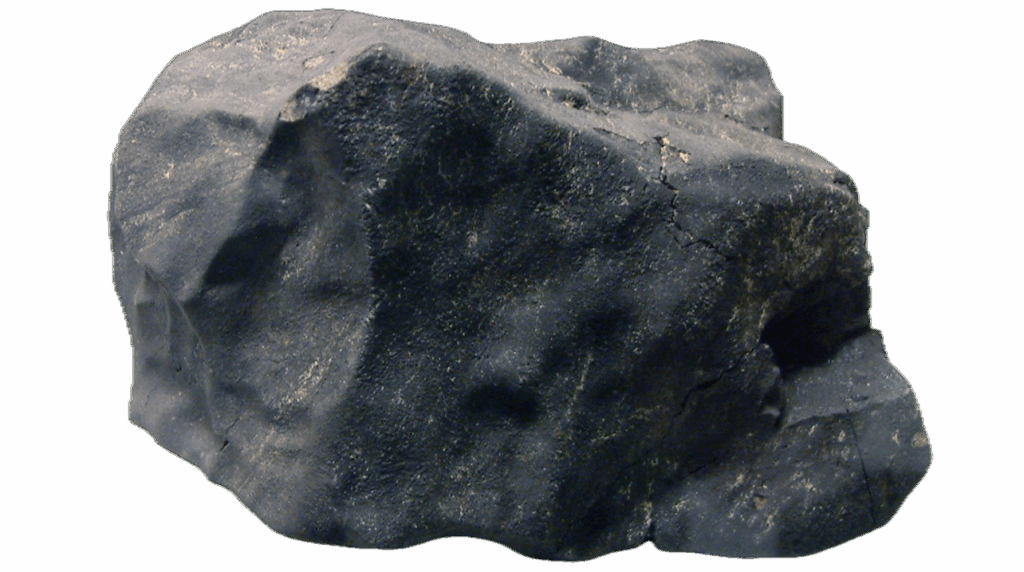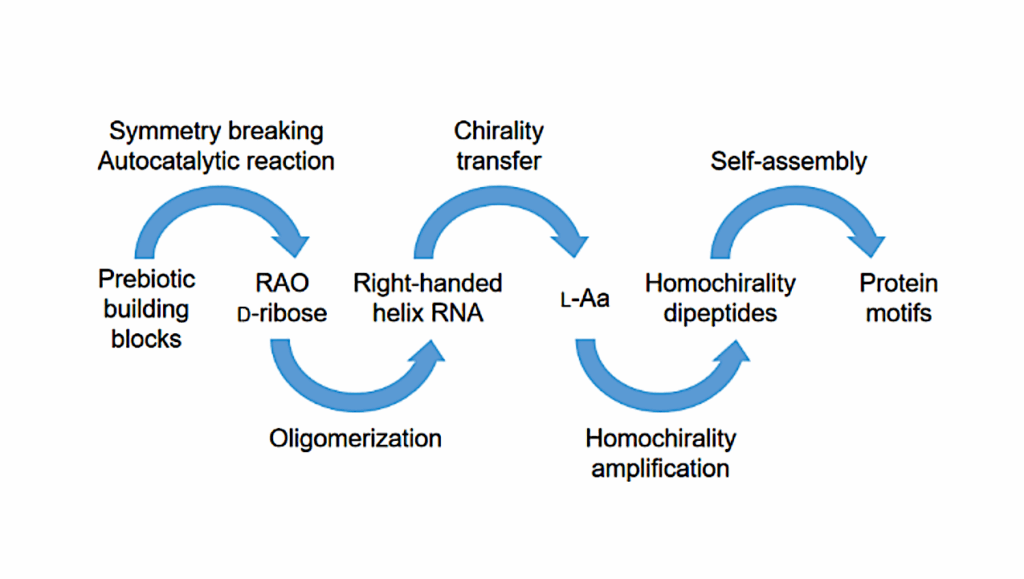Clouds Of Theseus: long-lived Molecular Clouds Are Composed Of Short-lived H2 Molecules

We use passive gas tracer particles in an Arepo simulation of a dwarf spiral galaxy to relate the Lagrangian evolution of star-forming gas parcels and their H2 molecules to the evolution of their host giant molecular clouds.
We find that the median chemical lifetime of H2 is just 4 Myr, independent of the lifetime of its host molecular cloud, which may vary from 1 to 90 Myr, with a substantial portion of all star formation in the galaxy occurring in relatively long-lived clouds. The rapid ejection of gas from around young massive stars by early stellar feedback is responsible for this short H2 survival time, driving down the density of the surrounding gas, so that its H2 molecules are dissociated by the interstellar radiation field. T
his ejection of gas from the H2-dominated state is balanced by the constant accretion of new gas from the galactic environment, constituting a “competition model” for molecular cloud evolution. Gas ejection occurs at a rate that is proportional to the molecular cloud mass, so that the cloud lifetime is determined by the accretion rate, which may be as high as 4 x 10^4 Msol/Myr in the longest-lived clouds.
Our findings therefore resolve the conflict between observations of rapid gas ejection around young massive stars and observations of long-lived molecular clouds in galaxies, that often survive up to several tens of Myr. We show that the fastest-accreting, longest-lived, highest-mass clouds drive supernova clustering on sub-cloud scales, which in turn is a key driver of galactic outflows.
Sarah M. R. Jeffreson, Vadim A. Semenov, Mark R. Krumholz
Comments: 16 pages, 16 figures. Submitted to MNRAS, comments welcome!
Subjects: Astrophysics of Galaxies (astro-ph.GA)
Cite as: arXiv:2301.10251 [astro-ph.GA] (or arXiv:2301.10251v1 [astro-ph.GA] for this version)
https://doi.org/10.48550/arXiv.2301.10251
Focus to learn more
Submission history
From: Sarah May Rose Jeffreson
[v1] Tue, 24 Jan 2023 19:00:00 UTC (14,161 KB)
https://arxiv.org/abs/2301.10251
Astrobiology, Astrochemistry








